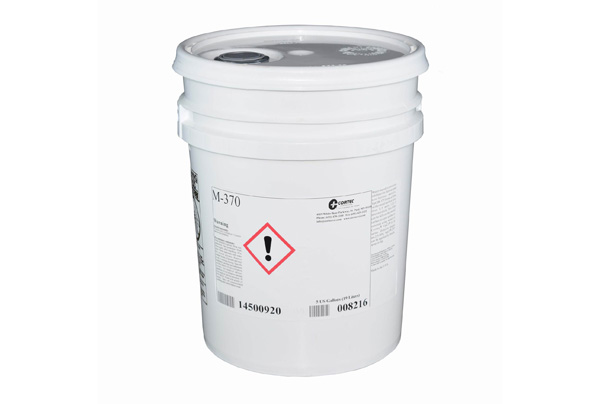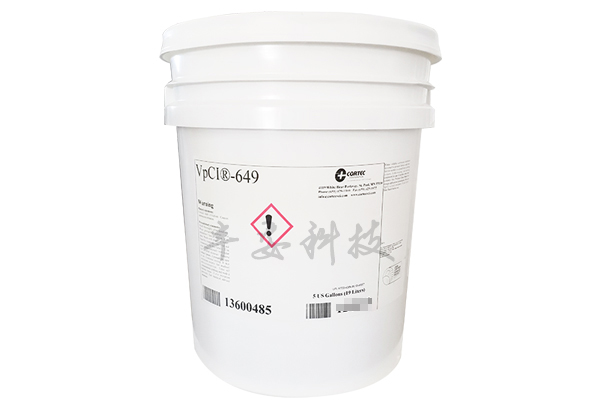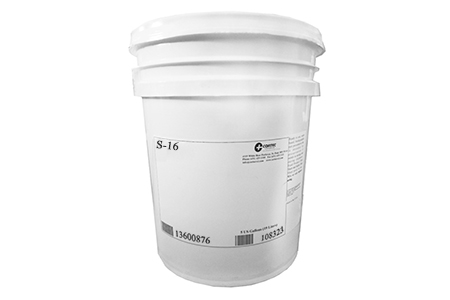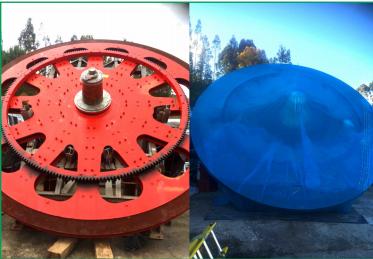美国CORTEC VpCI-337水性防锈液应用案例
PROBLEM
Short Brothers Limited Technical Group wanted to test the effectiveness of Cortec VpCI-337 as a universal corrosion preventative for most metals, including aluminum. They evaluated VpCI-337 for use on components, sheets, stacks and coils stored in-house. They also wanted to find out if VpCI-337 would contaminate metal parts.
APPLICATION
Short Brothers tested Cortec VpCI-337 in four different environments: a) hot, humid, b) acid (positioned near pretreatment phosphoric and chromic acid anodizing solutions), c) ambient (room temperature) and d) cold, dry. They fogged four stacks of three 4” x 4” (10 cm x 10cm) light gauge aluminum alloy plates with VpCI-337 spray. Also four stacks without VpCI-337 were placed in environments as controls. They examined the plates periodically over three months.
To determine contamination, Short Brothers sprayed VpCI-337 on individual sets of lampshear, crack extension and climbing drum peel tests prior to chemical treatment. The plates were deoxidized and sprayed with BB127, and then bonded with FM123-5 adhesive film at 274°F (120°C), 4.14 bar (60 psi), for 60 minutes.

CONCLUSION
Cortec VpCI-337 provided corrosion protection despite harsh conditions. In environments a, c and d, observations showed no deterioration due to corrosive attack in either the test stacks or control specimens. In the acid environments, the control stacks suffered severe corrosive attack. Although near pretreatment phosphoric and chromic anodizing solutions, the stack treated with Cortec VpCI-337 showed only some initial pitting on the top plate.
In the contamination tests, each sample exceeded expectations.Pretreatment completely removed Cortec VpCI-337, probably during the vapor degreasing operation.









